Remember when life moved at a different pace? The 1960s were filled with simple rituals that seemed perfectly normal then but feel almost magical now. These everyday habits defined a generation and created memories that still bring a smile to your face decades later.
1. Carefully Timing Your TV Dinner to Finish During Commercial Breaks
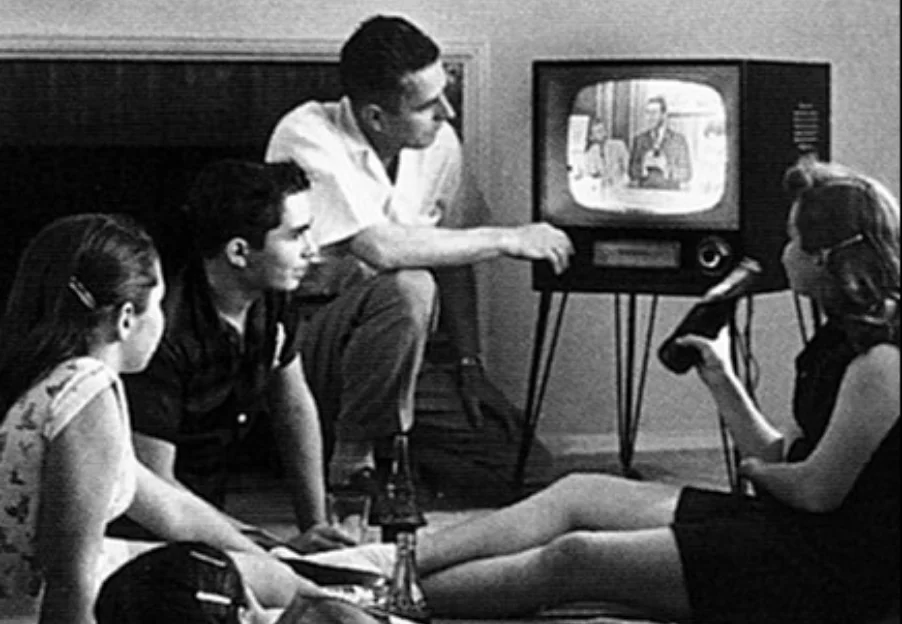
There was an art to heating up those aluminum Swanson TV dinners in the oven—no microwaves yet! You’d slide that tray in at just the right moment so the salisbury steak would be perfectly heated when your favorite show returned from commercial. The timing had to be precise because missing even five minutes of “Bonanza” or “The Ed Sullivan Show” meant you’d lost a crucial plot point or performance. Even today, Time Magazine stresses the importance of the family dinner as an anchor point for everyone.
Those foil compartments kept everything separate, and you’d eat right from the tray while perched on the edge of the sofa. The mashed potatoes were never quite hot enough, and the corn always seemed to be either scorching or ice cold. But somehow, that made it taste even better as you watched Walter Cronkite deliver the evening news or laughed along with “The Beverly Hillbillies.”
2. Getting Up to Change the Channel and Adjust Those Finicky Rabbit Ears
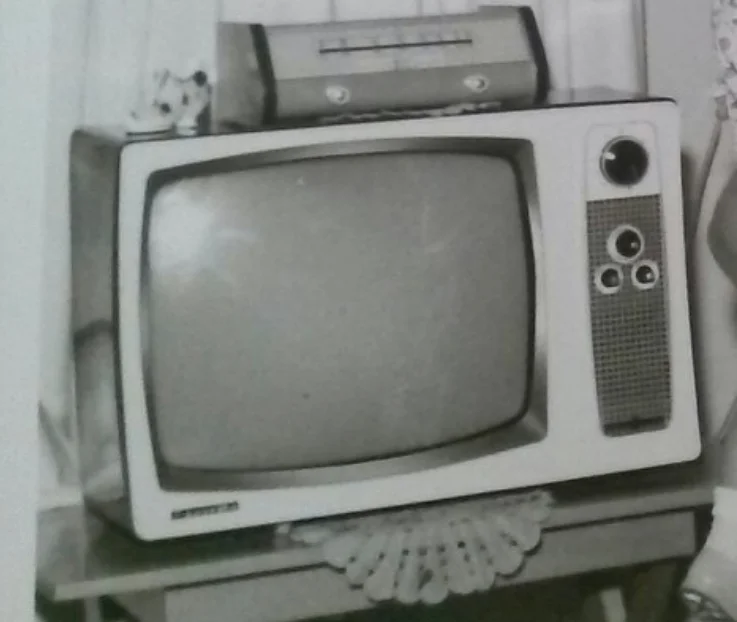
Every household had a designated “channel changer”—usually the youngest family member who could hop up quickest when Dad wanted to switch from CBS to NBC. You’d twist that dial with a satisfying click, and then began the delicate dance of adjusting the rabbit ear antennas on top of the television set. Sometimes you’d have to hold one antenna at just the right angle while someone else fine-tuned the other until the picture cleared up. As recounted by CBS News, rabbit ears on television sets have quite an eventful, fascinating history.
The worst part was when you finally got the perfect reception, only to step away and watch the image dissolve back into static and snow. Your living room looked like a NASA control center with everyone calling out directions: “Move it left! No, your other left!” It was a family effort just to watch “The Andy Griffith Show” without those annoying horizontal lines rolling across the screen.
3. Memorizing Your Friends’ Phone Numbers by Heart
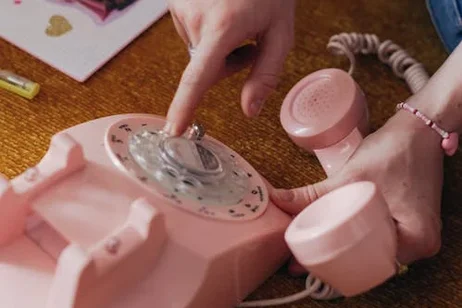
Before smartphones and contact lists, you actually had to remember phone numbers—and we’re talking about memorizing dozens of them. You’d repeat your best friend’s number like a mantra: “Madison 4-7829” or whatever your local exchange happened to be. Phone numbers felt more personal back then because you truly knew them by heart, not just by scrolling through a device. Business Insider explores the history of the cellphone, which ended up making memorization an issue no more.
Every family had a little address book by the kitchen phone, usually with a pencil tied to it with string that was always too short. You’d flip through those worn pages looking for the pizza place or your aunt’s number, and somehow that physical act of looking it up made calling feel more intentional. Party lines meant you might pick up the phone and hear your neighbor chatting away, so you’d quietly hang up and try again later.
4. Planning Your Entire Evening Around Your Favorite TV Shows
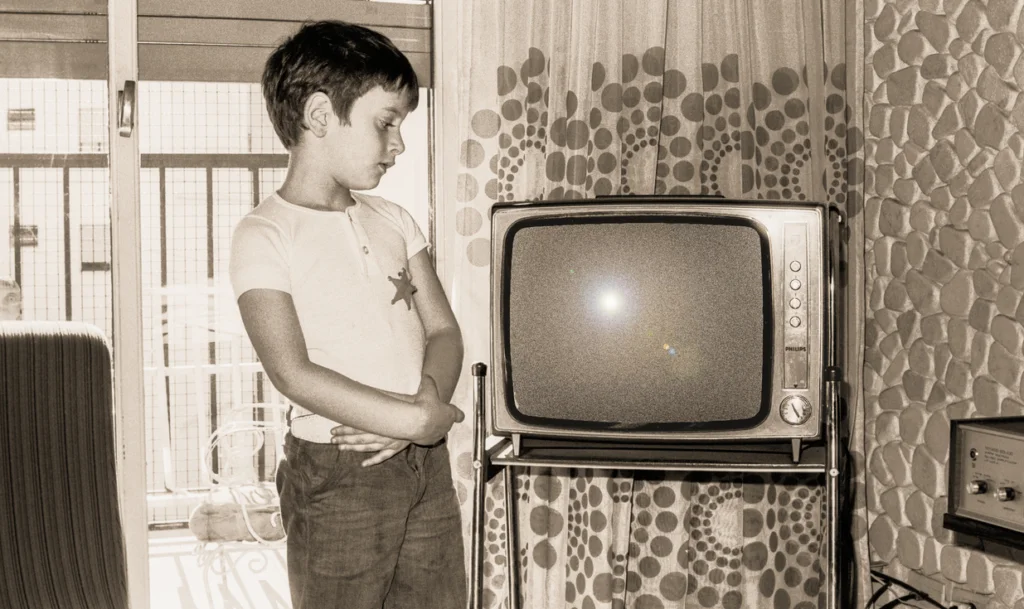
Television programming was sacred, and you planned your whole week around when your favorite shows aired. Missing an episode meant you were out of luck—no DVR, no streaming, no catching up online later. You’d rush through dinner on Thursday nights to catch “The Munsters” or make sure you were home by 8 PM on Sunday for “Walt Disney’s Wonderful World of Color.”
The TV Guide was your bible, and you’d study it like homework to see what movies were playing on the late show. Families would negotiate which show to watch when two good programs aired at the same time, because you only had one television set. The anticipation made everything more special—waiting all week for the next episode of “Star Trek” or “The Twilight Zone” built excitement that today’s binge-watching just can’t match.
5. Getting Your Hair “Set” Every Week at the Beauty Parlor
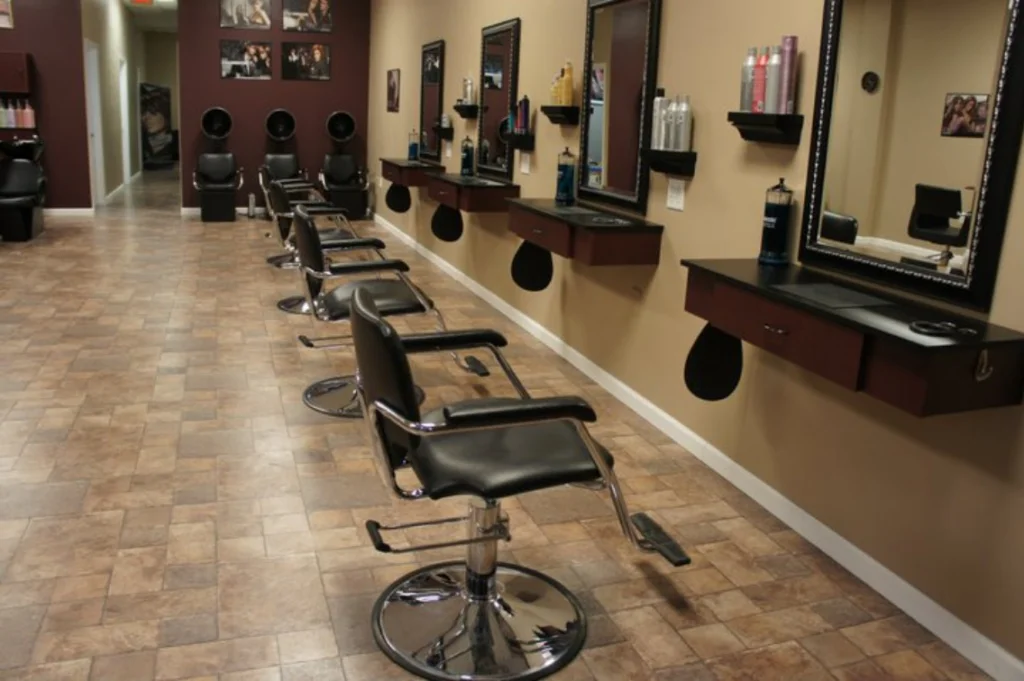
Saturday morning meant one thing for many women: a standing appointment at the local beauty shop to get your hair washed, set, and styled. You’d sit under those enormous hooded dryers that looked like space helmets, reading magazines and chatting with the other ladies while your curls set perfectly. The whole process took hours, but it was as much about the social experience as it was about looking good.
Those elaborate hairstyles were meant to last the entire week, which meant sleeping carefully on your back and wrapping your hair in scarves or special pillowcases. You’d spray it with enough hairspray to survive a hurricane, creating a helmet of curls that could withstand anything. By Friday, you were counting the days until your next appointment, but somehow those weekly visits to the beauty parlor created a sense of community and routine that felt comforting.
6. Collecting S&H Green Stamps and Pasting Them Into Books
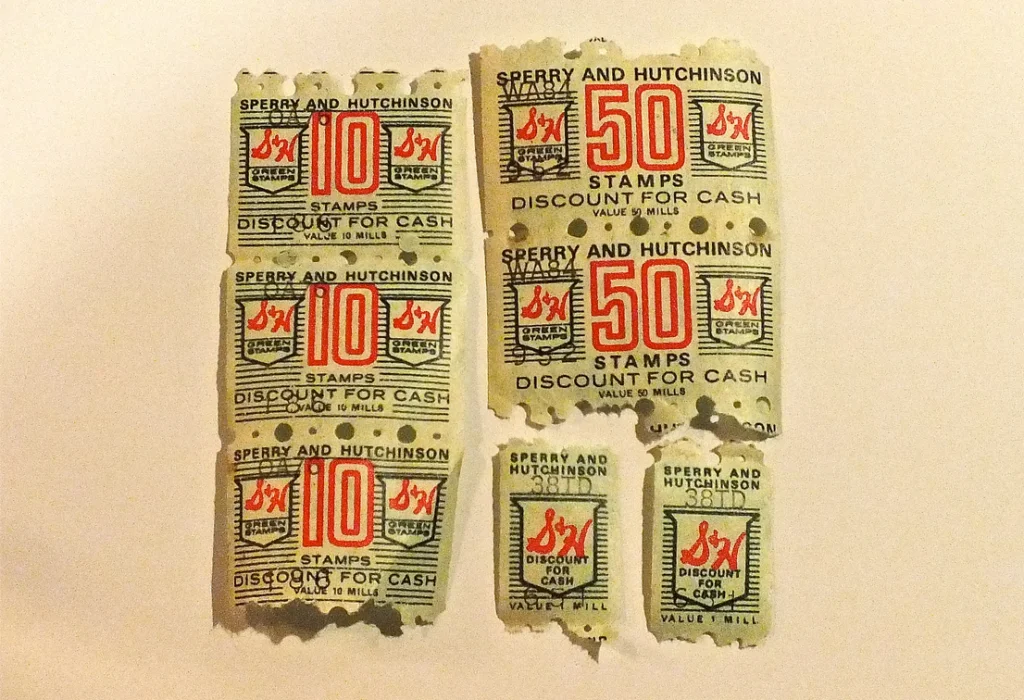
Every trip to the grocery store, gas station, or department store came with the bonus of S&H Green Stamps—those little perforated stamps that cashiers would lick and hand over based on how much you spent. You’d bring them home and have family stamp-pasting sessions, carefully filling up those green booklets page by page. Kids would fight over who got to use the little sponge to wet the stamps, and everyone had an opinion about the best pasting technique.
Once you’d collected enough books, you’d pile into the car for a trip to the S&H Green Stamp redemption center, which felt like Christmas morning. You could get anything from toasters to lawn furniture, and the whole family would debate whether to save up for something big or cash in for several smaller items. Those stamps taught delayed gratification in a way that instant online shopping never could—you really had to work and wait for your rewards.
7. Making Long-Distance Calls Only on Sundays and Keeping Them Short
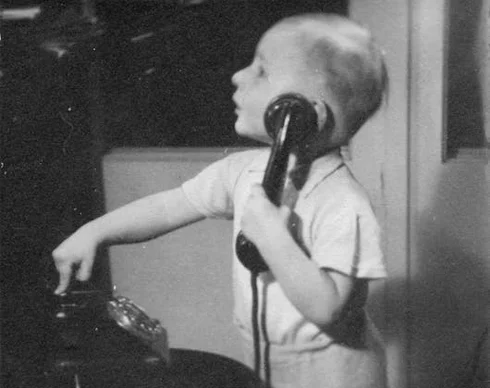
Long-distance telephone calls were expensive luxuries reserved for special occasions or emergencies. Sunday rates were cheaper, so families would gather around the kitchen phone for their weekly call to grandparents or relatives in other states. You’d plan out exactly what you wanted to say beforehand because every minute counted, and someone was always watching the clock to keep costs down.
The operator would sometimes break in to tell you how much time you’d used, adding urgency to every conversation. You’d talk fast, trying to cram a week’s worth of news into a few precious minutes, and always ended with “I love you, but I have to go now!” Those brief calls felt more meaningful because they were rare and expensive, making every word count in a way that today’s unlimited calling plans never could.
8. Keeping a Party Line Phone and Learning Telephone Etiquette

Many households shared a party line with neighbors, meaning you’d pick up the phone and might hear Mrs. Johnson down the street already chatting away. Proper etiquette meant hanging up quietly and trying again later, though sometimes you’d accidentally eavesdrop on the most fascinating conversations. Everyone learned to recognize the different ring patterns—two short rings might be yours, while one long ring belonged to the family next door.
Privacy was practically nonexistent, and everyone in the neighborhood knew everyone else’s business just from overhearing phone conversations. You’d develop a sixth sense about when the line was free, and families would sometimes have to wait hours to make an important call. Despite the inconvenience, party lines created an odd sense of community—you felt connected to your neighbors in a way that today’s private cell phones never quite replicate.
9. Shopping Downtown on Saturdays and Dressing Up for the Occasion

Saturday shopping downtown was a family event that required getting dressed up in your good clothes—no running to the store in pajamas or workout gear. You’d put on your best dress or slacks, style your hair, and make a day of visiting all the local shops along Main Street. Department stores like Woolworth’s or the local five-and-dime were destinations where you’d spend hours browsing and socializing.
The whole family would pile into the car and make the trip together, stopping at multiple stores to compare prices and quality. You’d run into neighbors and friends, turning every shopping trip into a social occasion filled with conversations and catching up on local news. Those downtown shopping districts had personality and character that today’s strip malls and online shopping can’t match—each store was locally owned and felt like part of the community fabric.
10. Carefully Budgeting Your Allowance to Last the Whole Week
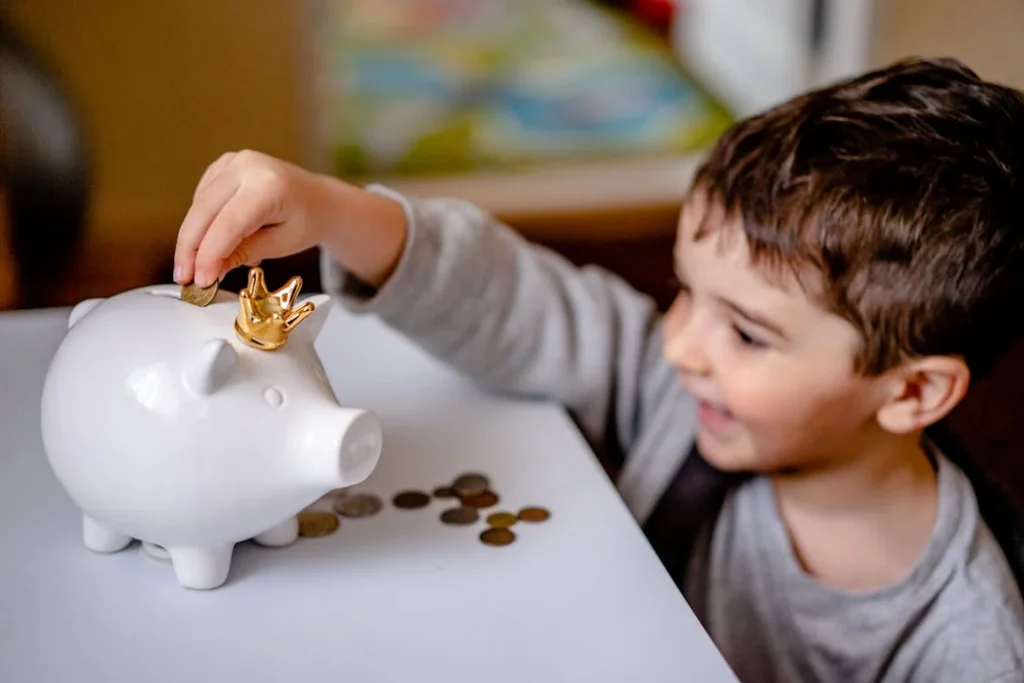
Getting your weekly allowance—whether it was 50 cents or a whole dollar—required serious financial planning for a kid. You’d mentally divide that money between penny candy at the corner store, comic books, and maybe saving up for something special like a new toy or record album. Every penny had to be accounted for because there were no advances on next week’s allowance and no emergency ATM withdrawals.
The corner drugstore or five-and-dime counter became your personal stock exchange where you’d weigh the pros and cons of different candy choices. Should you buy five pieces of Bazooka gum or splurge on a candy bar that would be gone in minutes? Those early lessons in budgeting and delayed gratification shaped an entire generation’s relationship with money in ways that today’s instant digital transactions never could teach.
11. Listening to Top 40 Radio and Waiting to Hear Your Favorite Song
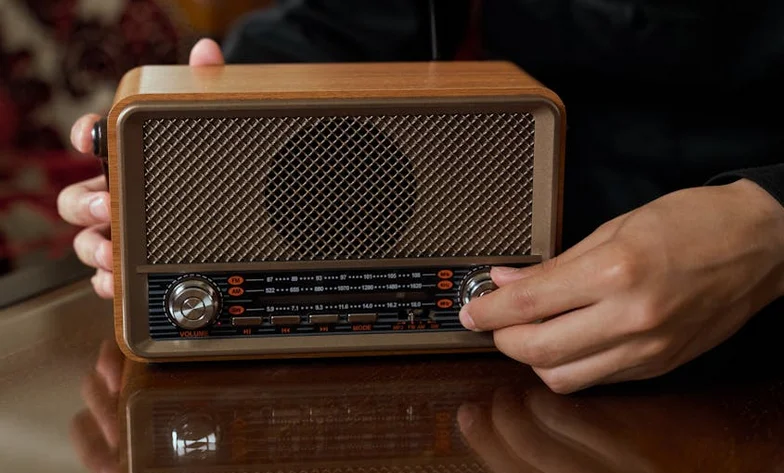
Before Spotify playlists and music on demand, you’d sit by your transistor radio waiting for your favorite song to come on the air. When the DJ announced that The Beatles or The Beach Boys were coming up next, you’d grab your cassette recorder and get ready to hit “record” at exactly the right moment. Timing was everything—start too early and you’d get the DJ’s voice, start too late and you’d miss the opening notes.
Those homemade mixtapes were treasures, even with the occasional radio static or DJ talking over the ending. You’d trade tapes with friends and spend hours listening to your carefully curated collection of songs recorded off the radio. The anticipation of waiting for your favorite tune made hearing it feel like a special event, not just background noise while you did other things.
12. Writing Letters by Hand and Waiting Days for a Reply
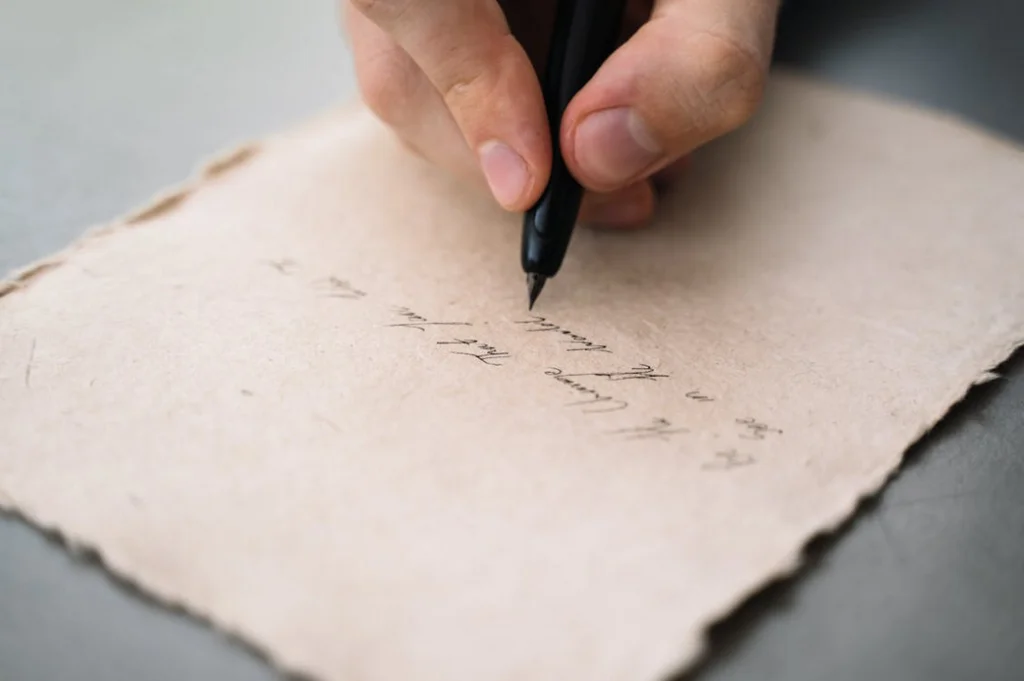
Communication meant sitting down with pen and paper to write actual letters, taking time to think about what you wanted to say and how to say it well. You’d choose your stationery carefully—maybe some of that thin blue airmail paper for overseas correspondence or your good personal letterhead for important notes. Every letter felt meaningful because of the time and effort invested in writing, addressing, stamping, and mailing it.
Checking the mailbox became a daily ritual filled with anticipation, hoping for a letter from a friend, relative, or pen pal. When a letter finally arrived, you’d savor every word because you knew someone had taken time out of their day specifically to write to you. The delay between sending and receiving made every piece of correspondence feel special and worth preserving—many people still have boxes of letters from the ’60s that capture moments and feelings in ways that today’s instant messages never seem to manage.
13. Watching the National Anthem and Sign-Off When TV Stations Ended Broadcasting
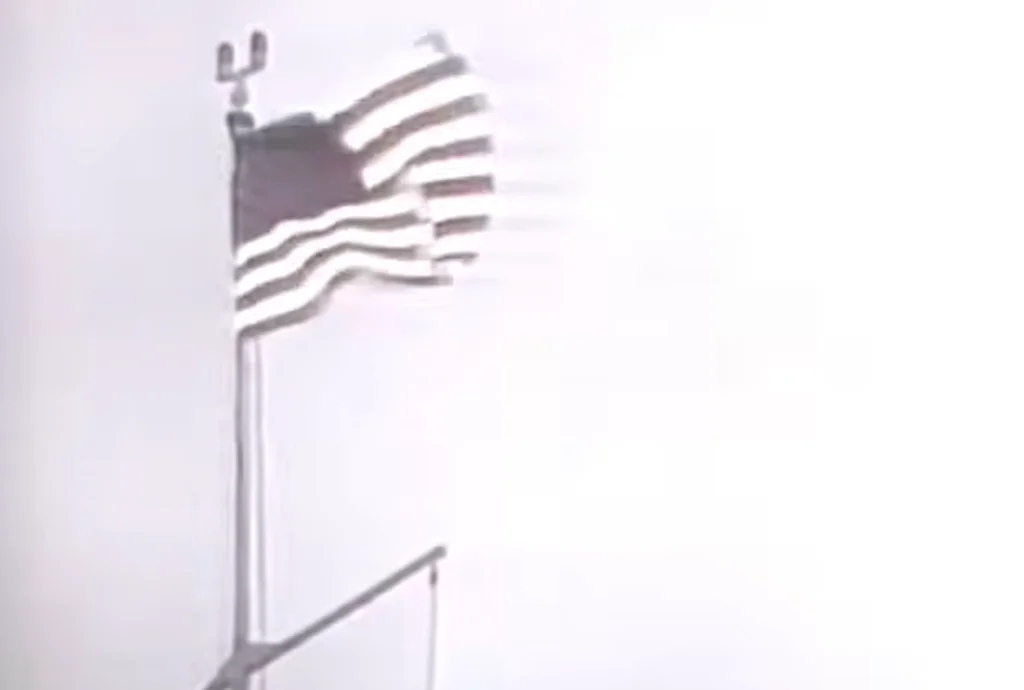
Television didn’t run 24 hours a day, and every night you’d watch the station sign off with “The Star-Spangled Banner” playing over footage of the American flag. After that final patriotic moment, the screen would cut to the test pattern—those colorful geometric shapes that meant television was done for the night. If you stayed up late enough, you’d fall asleep to the gentle hum of white noise and static.
There was something comforting about this nightly ritual that marked the official end of the day. Television felt more special because it wasn’t always available—when programming ended, that was your cue that it was time for bed. The test pattern became a familiar friend to insomniacs and night owls, and seeing it meant you were either staying up way too late or getting up incredibly early.
Those simple habits and rituals created a rhythm to life that felt both predictable and special. Every ordinary moment had its own small ceremony, from the weekly hair appointment to the nightly TV sign-off, binding families and communities together through shared experiences. While we wouldn’t trade today’s conveniences for anything, there’s something beautiful about remembering when life moved a little slower and every small pleasure had to be earned and savored.


